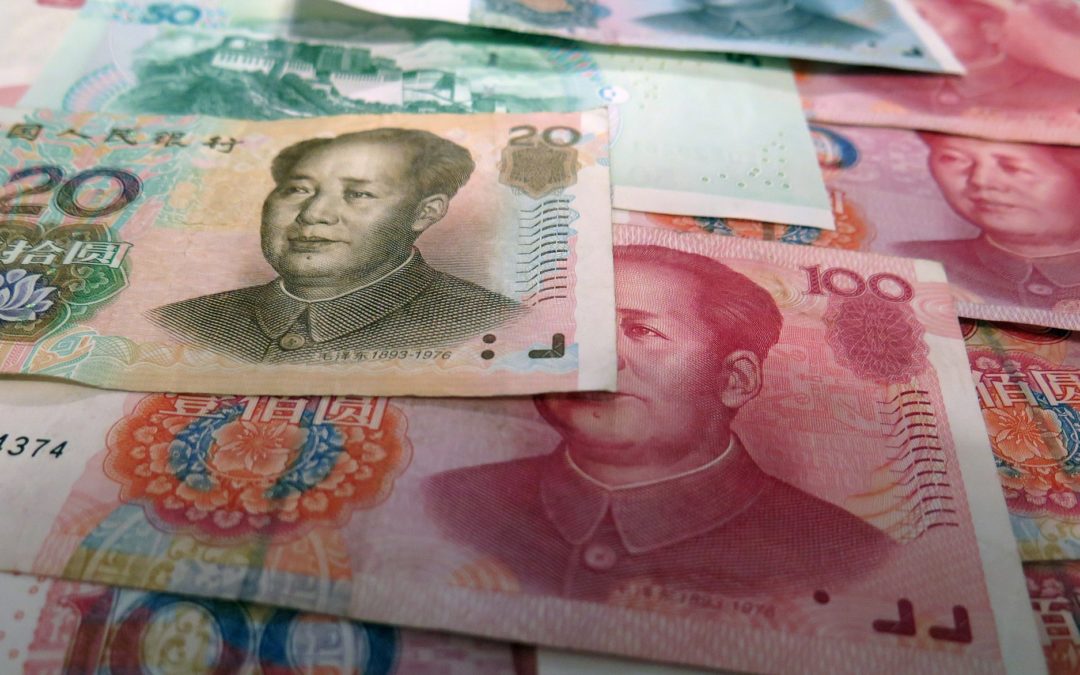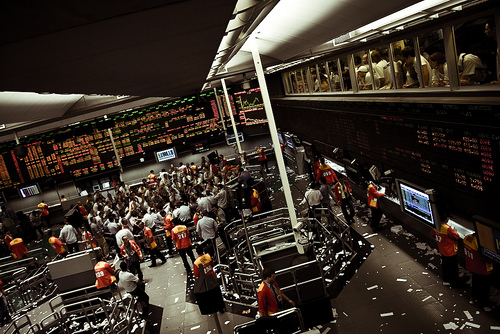by Barry Eichengreen & Poonam Gupta
To access full paper, see here.
Sudden stops are when capital inflows dry up abruptly. The banker’s aphorism – “it’s not speed that kills but the sudden stop” – has been popularly invoked since at least the Mexican crisis in 1994. Awareness then rose with impetus from the Argentine crisis (1995), the Asian crisis (1997), the Russian crisis (1998), and the Brazilian crisis (1999). Google’s Ngram Viewer shows a sharp increase after 2000 in references to the phrase.
The question is whether this increase reflects the growing incidence of the problem or simply the growing currency of the term. The gradual diffusion of scholarly terminology suggests that the observed trend may simply reflect the latter. At the same time, however, there is heightened awareness in the policy community of capital-flow volatility and reversals as reflected in the decision of the International Monetary Fund to adopt a new, more sympathetic view of capital controls and international capital market interventions generally (IMF 2012), indicative perhaps of a growing problem. Episodes like the “taper tantrum” in 2013, when talk that the Federal Reserve might taper its purchases of securities, leading emerging-market currencies to crash, and the “normalization” episode in 2015, when expectations that the Fed would soon start raising U.S. interest rates, leading to an outflow of funds from emerging markets, suggest that sudden stops may in fact be growing more frequent or, perhaps, more disruptive.
In this paper we extend previous analyses of sudden stops, contrasting their incidence and severity before and after 2002, the end of the period covered by most of the classic contributions to the literature. Our central contributions are two. First, we update those earlier classic contributions, highlighting what if anything has changed in the decade or so since their initial publication. Second, we analyze the policy response, asking whether that response has evolved over time and, specifically, whether there is evidence of central banks and governments in emerging markets responding in ways that promise to better stabilize output, employment and, not least, domestic financial markets.
We show that the frequency and duration of sudden stops in emerging markets have remained largely unchanged since 2002. Casual impression gleaned from the tapering episode in 2013 might suggest otherwise. But excitable press coverage notwithstanding, we find that interruptions to capital flows during the Fed’s discussion and implementation of its policy of “tapering” security purchases were milder than the sudden stops of prior years. These episodes were shorter, entailed smaller reversals, and had a milder impact on financial and real variables. One might call them “sudden pauses” rather than “sudden stops.”
At the same time, global factors appear to have become more important for the incidence of sudden stops. Similarly, when we consider a measure of contagion or concurrence such as the number of sudden stops occurring simultaneously in other countries, we find that it is sudden stops globally that matter after 2002, whereas in the preceding period it had been sudden stops in the same region as the country in question that had the most statistical power. Again, we are inclined to interpret this in terms of the growing importance of global factors.
See poster.












